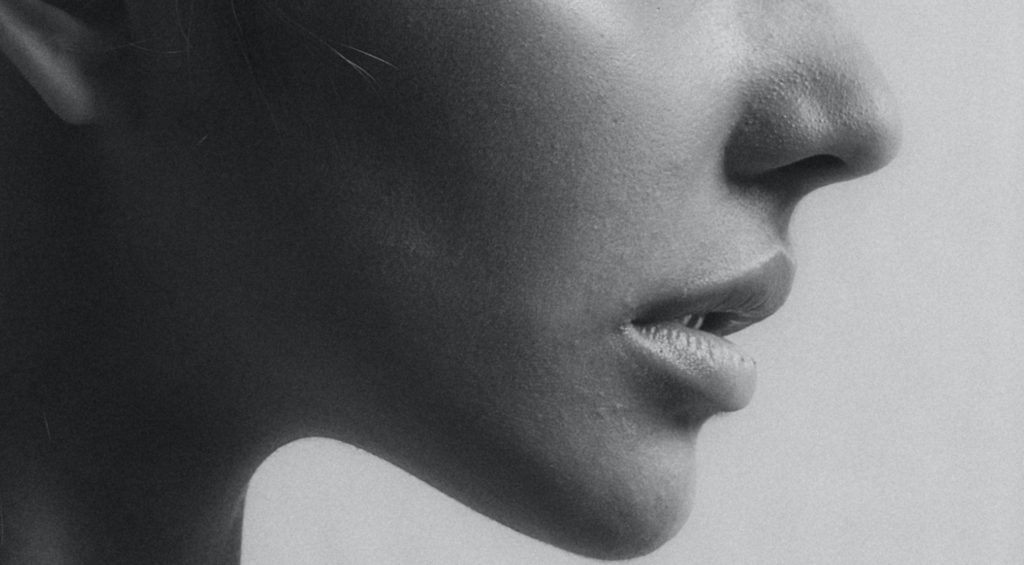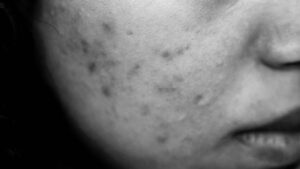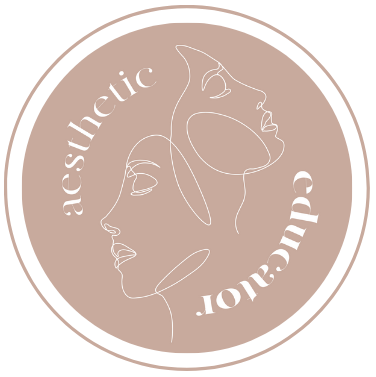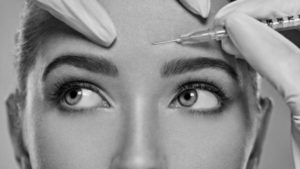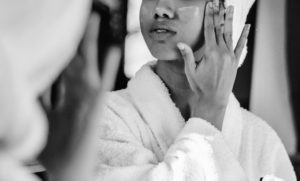Rhinoplasty, or nose job, is a type of cosmetic surgery that reshapes the nose. It can also be used to treat a crooked nose, an out-of-round (bumblebee) shape, or a deviated septum. This surgery can greatly improve the appearance of your face and body, so it’s often done as part of a series of procedures to address any other issues you might have.
This post is all about Rhinoplasty.
Rhinoplasty frequently referred to as a “nose job,” is a plastic surgical treatment for reshaping and repairing the nose. The term nose job covers a wide range of medical treatments. The two main ones are septoplasty, which fixes problems inside the nose, and rhinoplasty, which changes how the nose looks on the outside. The goal is to enhance the appearance of the nose.
You can get a nose job for a variety of reasons. For some people, getting a nose job is purely for aesthetic reasons (to improve their appearance cosmetically). However, for other people, the motivation behind plastic surgery is not always to enhance their appearance but to treat a medical problem or recover from an injury. Most rhinoplasty surgeries, whether performed for medical or cosmetic reasons, are the same.
Medical Reasons for Rhinoplasty
Nose jobs, or “rhinoplasty” as it is officially called, are frequently performed for medical reasons. 80% of people have a deviated nasal septum, which is one of the most common reasons for rhinoplasty. It is a disorder characterized by an off-center nasal septum. To improve the patient’s ability to breathe comfortably, septoplasty and rhinoplasty are often performed in conjunction with one another.
Apart from changing the nose shape, rhinoplasty can be used to treat a variety of sinus issues, such as nasal congestion and allergies. A nose job may be able to aid in these situations.
The following are some of the medical issues that necessitate rhinoplasty:
- Nose Trauma
- Birth defects like Cleft lip, Cleft palate
- Asymmetries in the nose
Cosmetic Rhinoplasty for Improving Nose Shape
Rhinoplasties performed for cosmetic purposes focus on the external appearance of nose. (i.e., the part of the nose you can visibly see). Because some people are self-conscious about the shape of their nose or simply want a nose that better complements their facial features, this is a popular procedure.
A rhinoplasty may be performed to:
- Resize and reshape the nose.
- Correct flaws and imbalances.
- To alter the nose’s base or bridge (or both)!
- Hide a bump.
- Correct a swollen or constricted nose tip.
Nose shape Before and After
Researchers at La Pitie’-Salpetrie’re university School of Medicine in Paris did a study to see how open rhinoplasty affected the nose shape. The preoperative and postoperative ratings were compared using a paired Student’s t-test. Rhinoplasty had a significant impact on the posttraumatic (Figs. 1) and aesthetic (Figs. 2) patient outcomes [1].
Complications
One of the most common problems is that the patient does not like their new nose. If the surgery does not work, the nose may be too big or too small, or the patient may have a persistent bump, different deformities, or a beak-like look.
Revision rhinoplasty, such as reduction rhinoplasty (to make the nose smaller), is known to cause breathing problems in up to 70% of patients.
Infections are extremely rare, yet they can be deadly. Combining sinus surgery with rhinoplasty carries a higher risk of complications.[2]
Post-op deformities are one of the main risks. In 5–15% of cases, these problems lead to a second surgery.
Saddle nose deformity is a possible side effect. The nasal bridge might collapse if there is too much septal cartilage loss or injury to the septum cartilage because of surgical errors or problems.
Choosing a Surgeon
There are many factors to consider when choosing an experienced surgeon. Rhinoplasty is a frequent procedure performed by plastic surgeons, however, there are also other professionals who specialize in the procedure.
These are the most crucial things to keep in mind when looking for a surgeon.
- Patient satisfaction: The best way to find out about patient satisfaction is to talk to people who have been there and done that.
- Experience of the surgeon: Look for a surgeon who performs the procedure frequently.
- Credentials: The surgeon should be licensed to do plastic surgery, oral and maxillofacial surgery, or ear, nose, and throat surgery.
- Hospital Performance: Consider the hospital’s commitment to patient safety and the quality of surgical care provided by the surgeon.
Once you feel these criteria are met, then you have picked the right surgeon.
This post was all about Rhinoplasty.
References
1- Meningaud, J.-P., Lantieri, L., & Bertrand, J.-C. (2008). Rhinoplasty: An Outcome Research. Plastic and Reconstructive Surgery, 121(1), 251–257. doi:10.1097/01.prs.0000293866.575
2- Rettinger G. Risks and complications in rhinoplasty. GMS Curr Top Otorhinolaryngol Head Neck Surg. 2007;6:Doc08. Epub 2008 Mar 14. PMID: 22073084; PMCID: PMC3199839.

